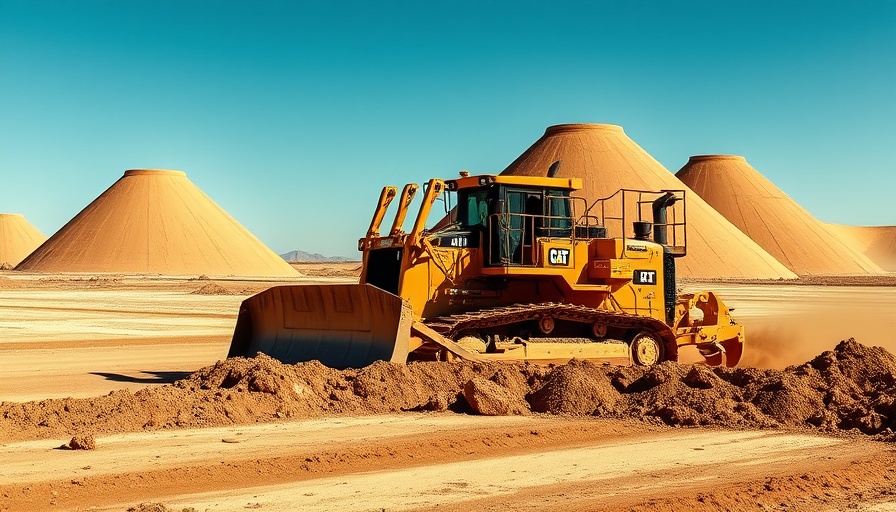
Understanding the Federal Shift on Climate Emissions Control
The federal government’s recent announcement to dismantle rules aimed at controlling climate emissions could significantly reshape the environmental landscape in the United States. This policy change, driven by a push for deregulation, impacts everything from industrial operations to everyday household practices. For homeowners, understanding how these changes could affect air quality and climate resilience is crucial.
Why This Matters to Homeowners and Contractors
The decision to roll back climate emissions controls not only poses environmental risks but also affects homeowners and contractors in practical ways. With air quality potentially deteriorating, individuals may experience increased health risks and rising utility costs. For contractors, staying aware of these changes is essential, as they may need to adapt their services to help clients navigate an increasingly unpredictable climate.
The Data Behind Climate Emissions
Research indicates that emissions from residential and commercial buildings account for nearly 40% of total greenhouse gas emissions in the US. With fewer regulations in place, emissions are likely to rise, accelerating climate change impacts. Homeowners must recognize the importance of increasing energy efficiency in their buildings to not only combat rising emissions but also save money in the long term.
Impacts on Home Renovation and Sustainability
As contractors and homeowners face diminishing regulations, the emphasis on sustainability may wane. Yet, homeowners can choose to counteract these trends through renovations focused on energy-efficient appliances and sustainable materials. Educating homeowners about the importance of these investments, even when regulations are in flux, remains a priority for contractors who wish to position themselves as responsible leaders in their field.
A Call to Adapt in a Changing Regulatory Environment
In light of these nationwide changes, both homeowners and contractors are encouraged to reevaluate their strategies involving home improvements and renovations. Utilizing greener technology and making proactive investments in sustainable practices not only enhances property value but also contributes to a healthier planet.
It's vital for homeowners to stay informed about these dynamics and take action. Home service professionals, in turn, can bolster their market offerings by advocating for environmentally conscious choices—not only to comply with changing regulations but to safeguard their communities and ensure a viable future for generations to come.
Join the Conversation
In this context, it’s essential for the community to voice their concerns regarding these policy changes. Engage with local representatives, share insights with fellow homeowners, and participate in discussions that prioritize sustainable practices. Your actions today can set the tone for a cleaner tomorrow.
Concluding Thoughts
As we navigate this evolving landscape of climate policy, understanding its implications on our homes and the environment is more important than ever. By making informed decisions now, we can still foster a more sustainable and healthier future.
 Add Row
Add Row  Add
Add 




Write A Comment